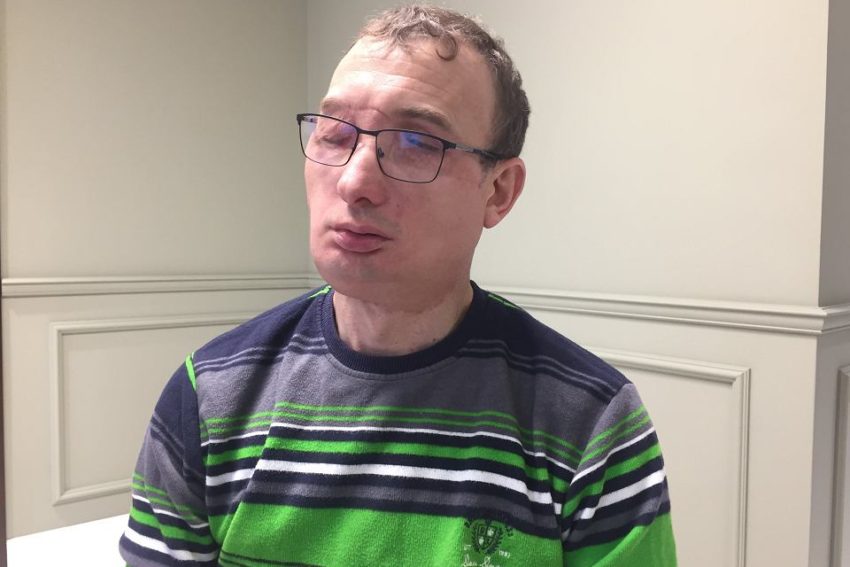
In April 2013, a Polish stonemason, Grzegorz Galasiński, received the world’s first ’emergency’ face transplant after an industrial accident. The operation was performed within three weeks of injury, and was the first face transplant performed in Poland. For the first time, doctors described the surgery as life-saving, rather than life-enhancing. Consultant plastic and aesthetic surgeon Dan Saleh reflects on this surgery in our latest guest blog.
Lifesaving or Life-Enhancing? The First Emergency Face Transplant
One of the most challenging discussions around face transplantation is how can we measure the ‘severity’ of the psychosocial impact of the facial difference. This is to inform us how ‘worthwhile’ it is to take on the complexities of immunosuppressive therapy, and chronic rejection. Thus far, the exact mechanism, and means to offset chronic rejection in face transplantation is not clear. Which means clinical teams have to discuss with prospective patients the likelihood one day a second transplant will be needed.
A troubling scenario for many clinicians is also the possibility of the chronic rejection. This could reduce the patient to a worse facial difference and facial functional status than they had prior to transplant. Generally, the narrative is that face transplant are life and function improving rather than ‘lifesaving’. Of course, we classical clinicians happily sustain the narrative that physical maladies, and their cures, are more easily measured. As such, they must surely take precedence over the alterations and illness of the mind. Particularly when the latter can be driven by a physical difference to what we grow up thinking and seeing as ‘normal.’
The first lifesaving face transplant
My thoughts on this are crystallised this week because we acknowledge the anniversary of the only described emergency and lifesaving transplant. It was reported as such because the life was said to have been saved. Much like removing a cancer or treating sepsis.
Three weeks after a severe industrial facial injury, a Polish team transplanted a face because it was felt the extent of the injury and probable proximity to the base of the brain and critical neck structures would mean death. To my knowledge it is the only facial transplant that has occurred in the emergency setting, soon after the injury. This means a miniscule amount of time to determine how the psychosocial impediment would affect the patient long-term. And also a short time for the patient to digest the myriad of complications and ethical considerations around rejection, self-identity and dealing with the media. The small population worldwide that have had transplants have all had significant lead in times to surgery. Because of this, they have had major psychosocial workup to ascertain how they will adjust.
Of particular interest is the notion that the facial transplant, in this scenario, had effectively in a single surgical episode, replaced what would have been many months and years of surgery. Such severe injuries require many procedures at regular intervals. They use existing (and good) reconstructive techniques to cover wounds, seal the critical structures and try rebuild key components, like eyelids and lips. This is interspersed with rigorous rehab, dependency on others and regular interruption of work and family life. Transplantation also likely requires additional small surgeries along the way. Typically, the facial transplant patient has already undergone years of facial reconstructive surgery and then has a transplant to improve on poor function and appearance.
The ‘end-game’ of face transplantation
Was this the true watershed moment whereby the surgical team bypassed many operations almost certain to achieve a poor result, for an operation that is definitive? In the facial reconstructive realm the ‘end-game’ of transplantation, we hope, is the ability to replace exact replicas of tissue, with minimal fuss from the immune system. Thereby also dodging the exit wound of chronic diseases associated with immunosuppressant drugs. We will watch the updates on this patient carefully. And I wonder, will I see a time when acute (emergency) facial transplantation will be a therapeutic to stay? This would prevent patients from becoming institutional hospital ward residents in a cycle of surgery, healing, and more surgery, for perhaps a known sub-optimal outcome.
